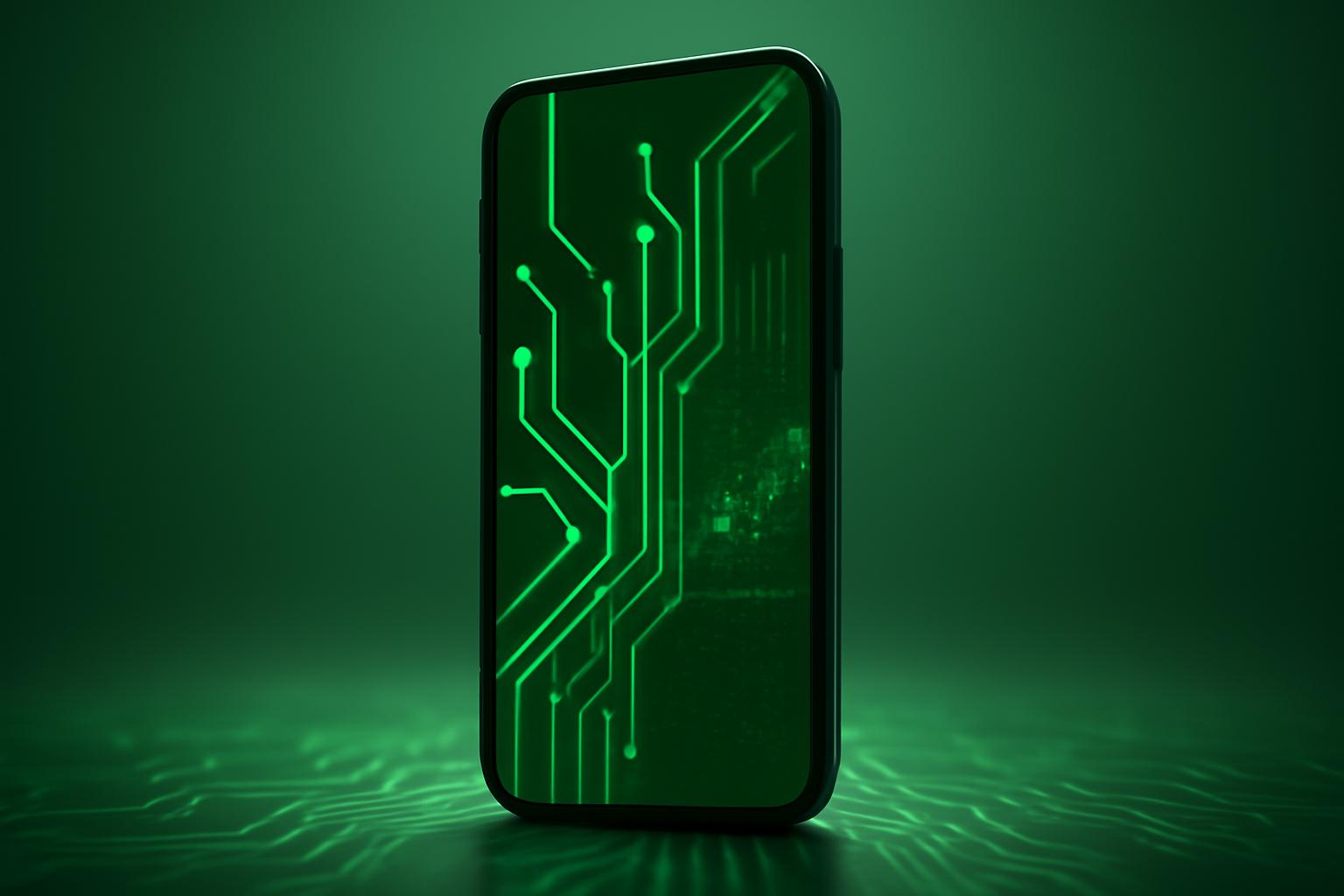Apple Debuts iPhone 17 with Advanced 120Hz Display and Camera Enhancements
At its highly anticipated event on September 9, 2025, Apple introduced the iPhone 17 series, marking a significant display upgrade for the base model. The new iPhone 17 features a slightly larger 6.3-inch screen compared to the 6.1-inch display of its predecessor, the iPhone 16.
For the first time in a base iPhone model, Apple incorporated ProMotion technology supporting a 120 Hz refresh rate. This is enabled through LTPO (low-temperature polycrystalline oxide) technology, allowing dynamic adjustment of refresh rates to optimize performance and battery life. The display also boasts a peak brightness of 3,000 nits, enhancing visibility in bright outdoor conditions, and is protected by Ceramic Shield 2, which offers improved scratch resistance.
Performance and Camera Upgrades
The iPhone 17 is powered by Apple’s new 3nm A19 chip, which includes a dedicated display engine to efficiently manage the high refresh rates. Camera capabilities have been notably enhanced with a new 48-megapixel ultrawide sensor, supporting 2x optical telephoto zoom and improved macro photography.
On the front, Apple upgraded the selfie camera to an 18-megapixel square sensor. This design allows users to capture selfies in multiple formats without changing the phone’s orientation. The front camera also supports Center Stage, improving video call stability and framing.
Pricing, Availability, and Colors
The iPhone 17 will be available in five colors: lavender, mist blue, black, white, and sage. Pricing starts at $799 for the base 256GB model, maintaining parity with the previous generation’s price for a comparable storage tier. Notably, Apple has discontinued the 128GB option for the iPhone 17.
Preorders will open on Friday, September 12, with shipments and retail availability commencing on September 19.
FinOracleAI — Market View
Apple’s introduction of a 120Hz ProMotion display to the base iPhone model and camera upgrades are likely to enhance consumer appeal and justify the maintained pricing despite doubled base storage. The improved display technology and A19 chip suggest better user experience and efficiency, potentially boosting sales in the premium smartphone segment. However, the removal of the 128GB option may alienate budget-conscious buyers seeking lower entry prices.
Investors should monitor initial sales data and customer feedback on the display performance and camera quality, as well as competitive responses from Android manufacturers offering similar features at different price points.
Impact: positive













